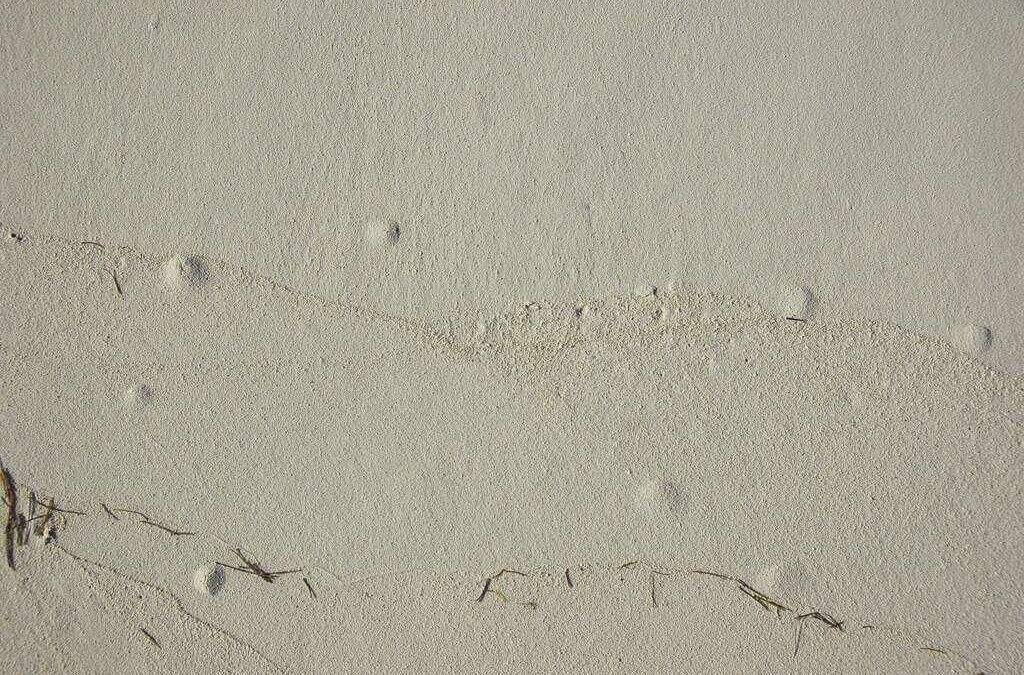What Are Concrete Blisters?
Blisters are small, hollow bumps on a concrete surface that can form shortly after the finishing of a concrete project. These blisters can be as small as a dime and get up to around two or three inches in diameter. Often, concrete blistering goes undetected and unnoticed in poorly lit areas or until the blisters break open underneath the weight of traffic.
Why Does Concrete Blistering Happen?
Blisters form on fresh concrete when the surface becomes prematurely sealed as it dries, causing bubbles of air or bleed water to get trapped just beneath the surface. Concrete blisters are not easily repaired after the concrete hardens. There are some elements to control to minimize the chance of concrete blistering. Blisters are more likely to form if:
- Too much or too little vibration is employed.
- The floating tool used on the surface is used incorrectly.
- Bleed water evaporation occurs and finishing operations are then performed before all entrapped air is released.
- Entrained air is used or is higher than normal, leading to premature floating and finishing operations.
- The subgrade is cooler than the concrete, causing the surface to appear ready for finishing.
- The concrete slab is thick, taking a long time for air and bleed water to rise to the surface.
- The concrete is cohesive or sticky from higher content of cementitious materials.
- A dry shake is prematurely applied.
- The slab is placed in a place that prevents bleed water from being absorbed by the subgrade.
How Can I Prevent Concrete Blisters?
The number one way to avoid concrete blisters is to be aware of when a concrete surface appears to be ready for finishing, and when it is actually ready for finishing. It is crucial to allow enough time and ideal conditions for air and bleed water to escape the slab. In addition to taking the above mentioned precautions, the following are ways to prevent blisters from occurring:
- Focus your finishing operation on placing, striking off, and bull floating as quickly as possible, without working up a mortar layer on the surface.
- Extra finishing work should be delayed as long as possible.
- If high evaporation rates are possible in the climate, cover a small portion of the slab to judge the amount of bleed water that is still left.
- Float blades should be flat to avoid creating a surface that is too dense.
- Use an accelerating admixture or heated concrete in cooler climates or weather.
Sometimes blistering can begin to form even after taking steps to avoid them. In this case, do your best to flatten your trowel blades or tear openings along the surface to delay the surface from finishing as much as possible. When pouring new concrete slabs, be sure to only select experienced professionals. Contact Liberty Ready Mix today to keep your new concrete free from blistering.

